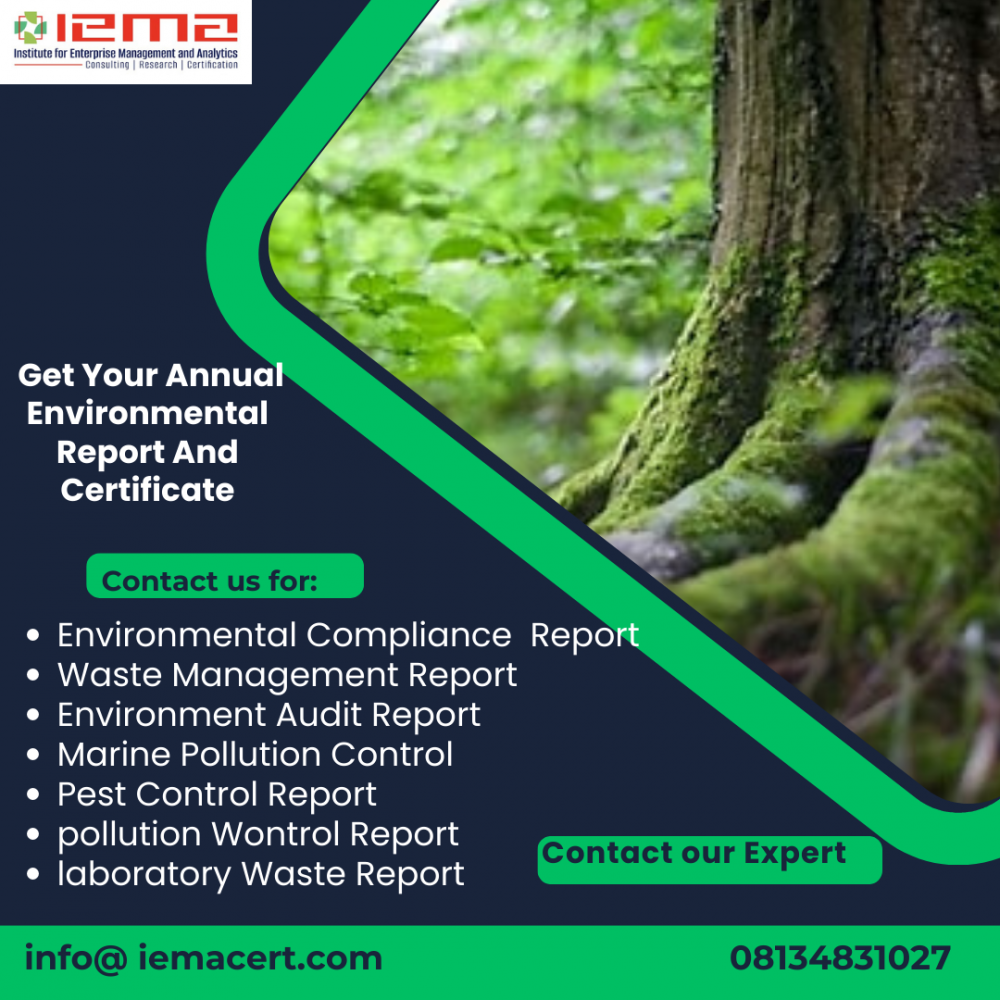Environmental risk assessment and management involve identifying, evaluating, and mitigating potential environmental risks associated with activities, projects, or operations. Here are some key points to consider:
Identification of Risks: This involves identifying potential environmental hazards or impacts that could result from a particular activity, project, or operation. Risks may include contamination of soil, water, or air, habitat destruction, or emissions of hazardous substances.
Risk Evaluation: Once risks are identified, they need to be evaluated in terms of their likelihood and potential consequences. This involves assessing factors such as the severity of the impact, the probability of occurrence, and the duration of exposure.
Risk Mitigation Strategies: After evaluating risks, mitigation strategies are developed to minimize or eliminate the identified environmental risks. This may involve implementing engineering controls, adopting best management practices, or implementing pollution prevention measures.
Regulatory Compliance: Environmental risk assessment and management often involve ensuring compliance with environmental regulations and standards. Consultants help businesses navigate complex regulatory requirements and develop strategies to meet legal obligations.
Stakeholder Engagement: Effective risk assessment and management require engaging stakeholders, including communities, regulatory agencies, and other interested parties. Consulting firms facilitate stakeholder engagement processes to gather input, address concerns, and build consensus.
Monitoring and Review: Environmental risk management is an ongoing process that requires continuous monitoring and periodic review of mitigation measures. Consultants assist businesses in developing monitoring programs to track environmental performance and identify emerging risks.
Emergency Preparedness and Response: In addition to proactive risk mitigation, environmental consultants help businesses develop emergency preparedness and response plans to address potential incidents or accidents promptly.





Leave a Reply